Get ready to dive into the latest advancements in artificial intelligence as we unpack everything unveiled at GTC 2024, the premier AI conference for developers, business leaders, and AI researchers. From insightful webinars and comprehensive training sessions to cutting-edge demos and more, we’ll cover all the highlights and innovations showcased at this year’s event.
NVIDIA GTC 2024: Full coverage
At a glance:
- Project GR00T for humanoid robots is announced, alongside the introduction of the Jetson Thor computer and updates to the Isaac robotics platform.
- The next-gen AI supercomputer DGX SuperPOD is unveiled, featuring GB200 Grace Blackwell Superchips and liquid-cooled rack-scale architecture.
- The X800 series networking switches are introduced, boasting unparalleled end-to-end 800Gb/s throughput and advanced networking solutions for AI infrastructures.
- Expanded collaboration between Microsoft and NVIDIA is announced, integrating NVIDIA’s AI and Omniverse tech into Microsoft Azure, Azure AI, and Microsoft 365.
- Integration of the new NVIDIA Blackwell GPU platform into AWS infrastructure is announced, enhancing generative AI capabilities.
- The launch of Earth-2 climate platform is announced, aiming to tackle economic losses from climate change-induced extreme weather.
- Over two dozen healthcare microservices are unveiled at GTC, empowering global healthcare enterprises with generative AI advancements.
- Omniverse Cloud APIs are introduced, extending its industrial digital twin platform’s reach for seamless integration into existing software applications.
- DRIVE Thor, a centralized car computer, is introduced, designed for next-gen fleets, from EVs to autonomous trucks and robotaxis.
- Sovereign AI solutions are delivered globally through collaboration between Oracle and NVIDIA, promoting economic growth while ensuring data sovereignty.
- Enhanced partnership between Google Cloud and NVIDIA is announced to support the machine learning (ML) community.
- Expanded partnership between SAP SE and NVIDIA is announced to accelerate enterprise adoption of generative AI and data transformation across SAP’s cloud solutions.
- The 6G Research Cloud platform is introduced, aiming to change wireless technology through AI-driven innovation.
- Contribution to Japan’s ABCI-Q supercomputer is made, facilitating high-fidelity quantum simulations across industries.
- Cloud quantum computing service, NVIDIA Quantum Cloud, is launched to empower researchers and developers to advance quantum computing exploration in scientific domains.
NVIDIA announces Project GR00T for humanoid robots
NVIDIA introduces Project GR00T, a foundation model for humanoid robots, alongside the Jetson Thor computer and updates to the Isaac robotics platform. GR00T facilitates robots to comprehend natural language and mimic human movements, enhancing their adaptability and interaction abilities. Jetson Thor boasts an advanced SoC optimized for performance and safety, simplifying integration for complex tasks.
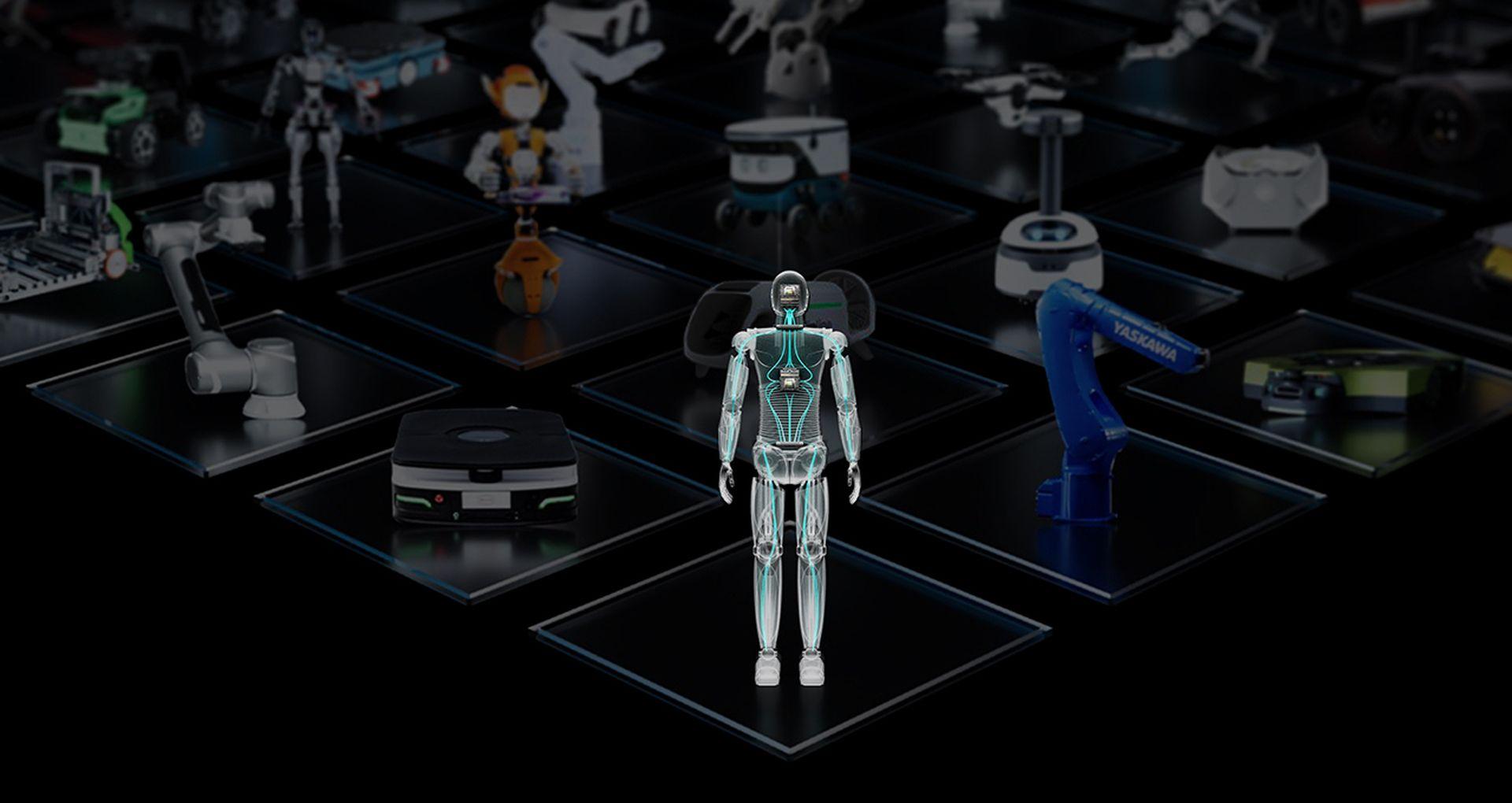
Collaborations with leading robot companies aim to advance AI-driven robotics for various applications. Major Isaac platform updates include Isaac Lab for simulations and OSMO for data orchestration, facilitating robot learning. Isaac Manipulator enhances dexterity and AI capabilities for robotic arms, while Isaac Perceptor offers 3D surround vision for autonomous mobile robots, benefiting manufacturing and fulfillment operations. These innovations promise to revolutionize robotics and embodied AI, with potential implications for diverse industries.
NVIDIA unveils next-gen AI supercomputer DGX SuperPOD
NVIDIA has unveiled the DGX SuperPOD, a next-gen AI supercomputer with GB200 Grace Blackwell Superchips, ideal for massive generative AI tasks. The SuperPOD boasts liquid-cooled rack-scale architecture, 11.5 exaflops of AI power, and 240 terabytes of memory, scalable with additional racks. Each GB200 system incorporates 36 Grace CPUs and 72 Blackwell GPUs, offering up to 30x faster performance for large language models.
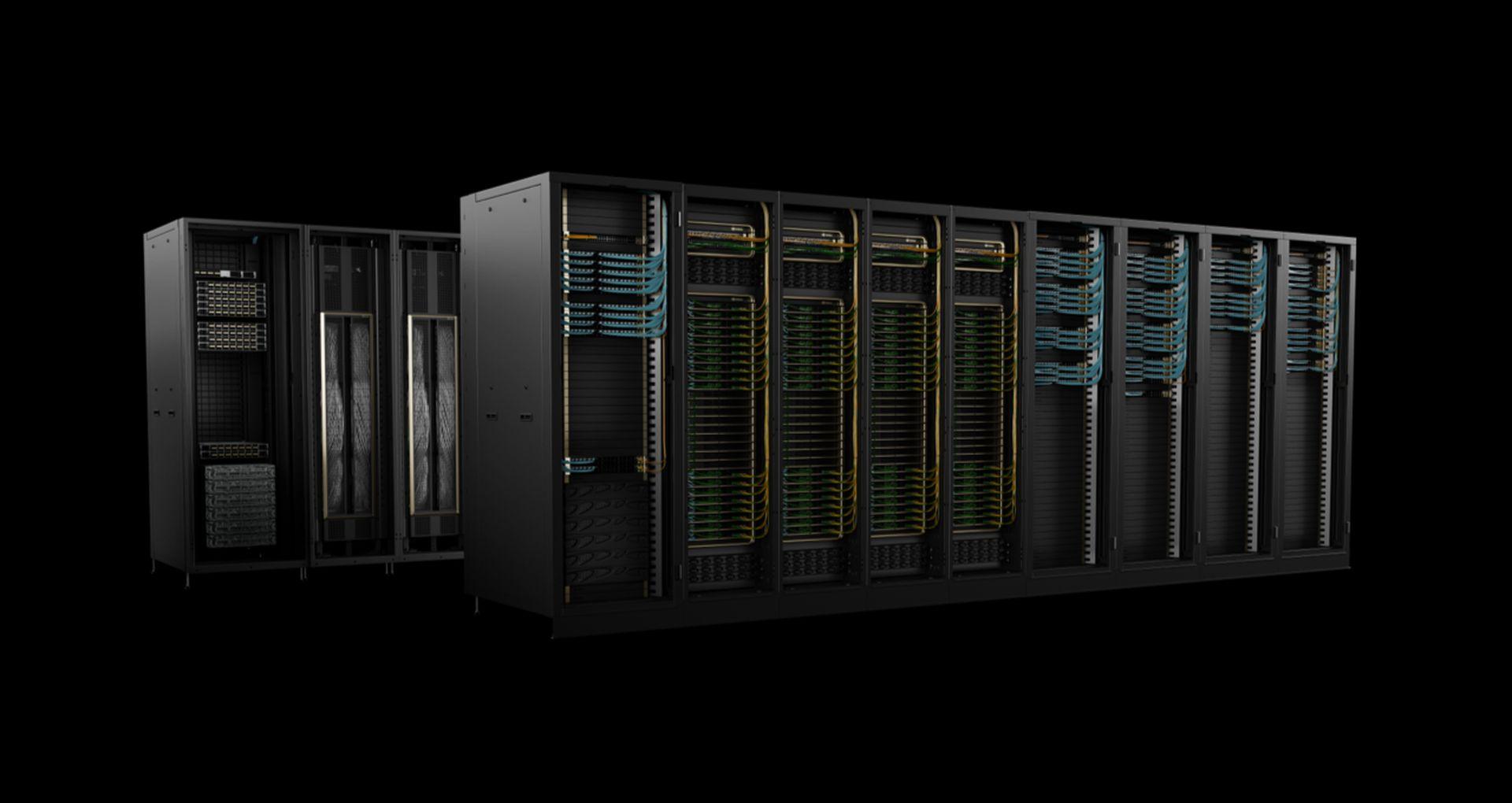
The architecture integrates NVIDIA BlueField-3 DPUs and Quantum-X800 InfiniBand for enhanced bandwidth and In-Network Computing. Predictive management capabilities ensure uptime by detecting and addressing potential issues. NVIDIA also introduces the DGX B200 system, designed for various AI tasks with its Blackwell architecture, providing 144 petaflops of AI performance and advanced networking capabilities. Both systems come with NVIDIA AI Enterprise software and expert support. Availability is expected later this year through NVIDIA’s global partners.
NVIDIA introduces X800 series networking switches
NVIDIA introduces the X800 series networking switches, Quantum-X800 InfiniBand, and Spectrum-X800 Ethernet, boasting unparalleled end-to-end 800Gb/s throughput, crucial for AI and computing workloads. These switches accelerate AI, cloud, and HPC applications, especially in data centers adopting the new Blackwell architecture-based products. Microsoft Azure, Oracle Cloud Infrastructure, and Coreweave are among the early adopters of these advanced networking solutions, emphasizing the importance of robust networking for scaling AI infrastructures.

The Quantum-X800 platform sets a new standard with 5x higher bandwidth and 9x increase in In-Network Computing capabilities compared to the previous generation, while Spectrum-X800 optimizes network performance for AI clouds and enterprises, ensuring performance isolation for multi-tenant environments. NVIDIA provides comprehensive software support, including the Collective Communications Library, enhancing network programmability and operational efficiency. Quantum-X800 and Spectrum-X800 will be available from various infrastructure vendors globally next year, including Dell Technologies, Lenovo, and Hewlett Packard Enterprise.
Microsoft and NVIDIA expand AI integration
At GTC, Microsoft and NVIDIA announced expanded collaboration, integrating NVIDIA’s AI and Omniverse tech into Microsoft Azure, Azure AI, and Microsoft 365. This includes bringing NVIDIA Grace Blackwell GB200 and Quantum-X800 InfiniBand to Azure for advanced AI models. The partnership extends to healthcare, using Azure and NVIDIA DGX Cloud to drive innovation. Microsoft Azure will host NVIDIA Omniverse Cloud APIs, enabling data interoperability and visualization.
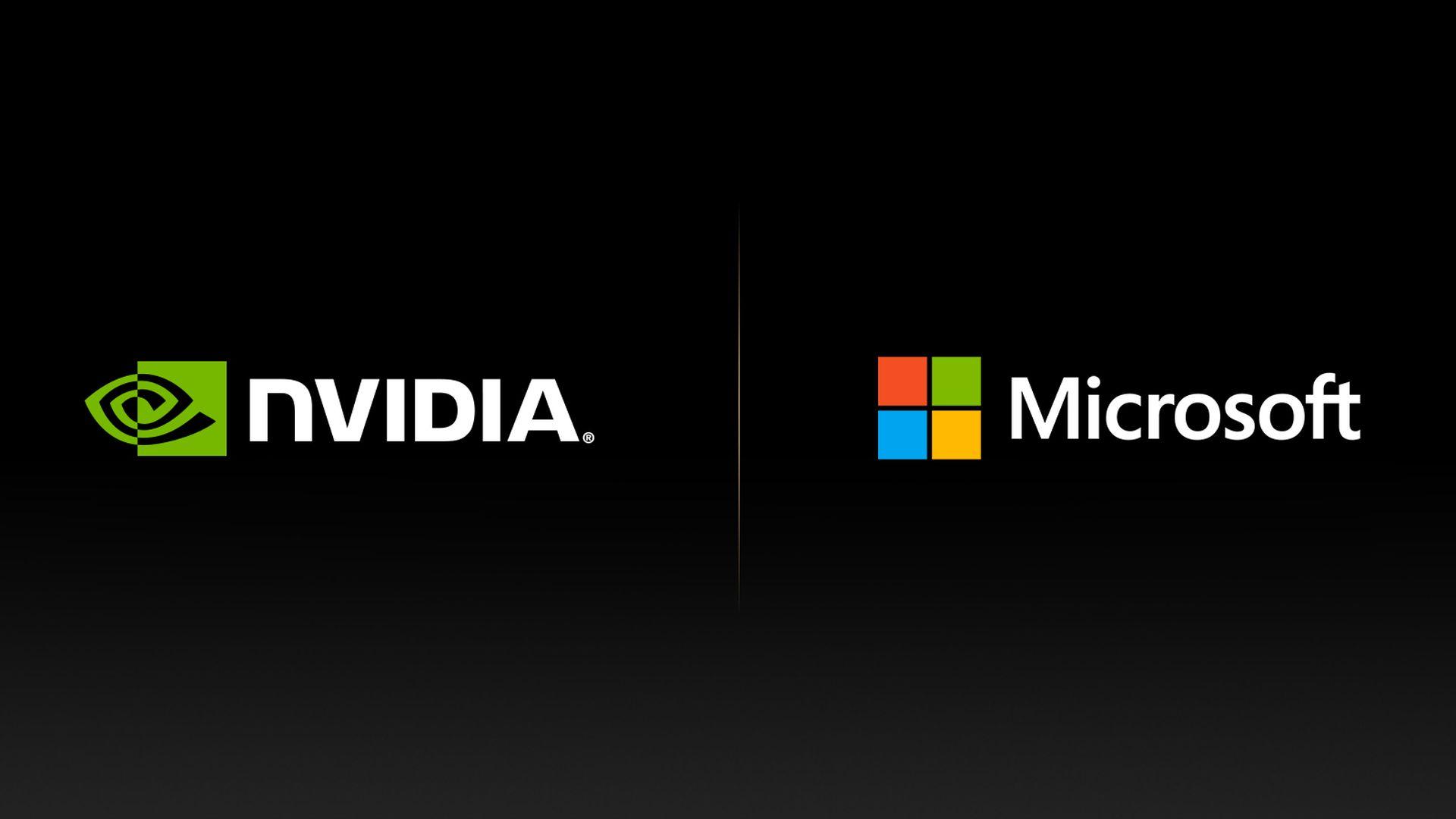
Triton Inference Server supports AI predictions in Microsoft Copilot for enhanced productivity in Microsoft 365. Additionally, NVIDIA NIM inference microservices are coming to Azure AI, speeding up AI deployment with optimized inference for various models.
NVIDIA introduces Omniverse Cloud APIs
NVIDIA unveils Omniverse Cloud APIs at GTC, extending its industrial digital twin platform’s reach for seamless integration into existing software applications. Industry giants like Siemens, Ansys, and Cadence adopt these APIs for real-time rendering, data modification, and collaboration across digital twin ecosystems. Siemens integrates Omniverse Cloud APIs into its Xcelerator Platform, Ansys uses them for data interoperability in autonomous vehicle simulation, and Cadence incorporates them into its Reality Digital Twin Platform for data center optimization.
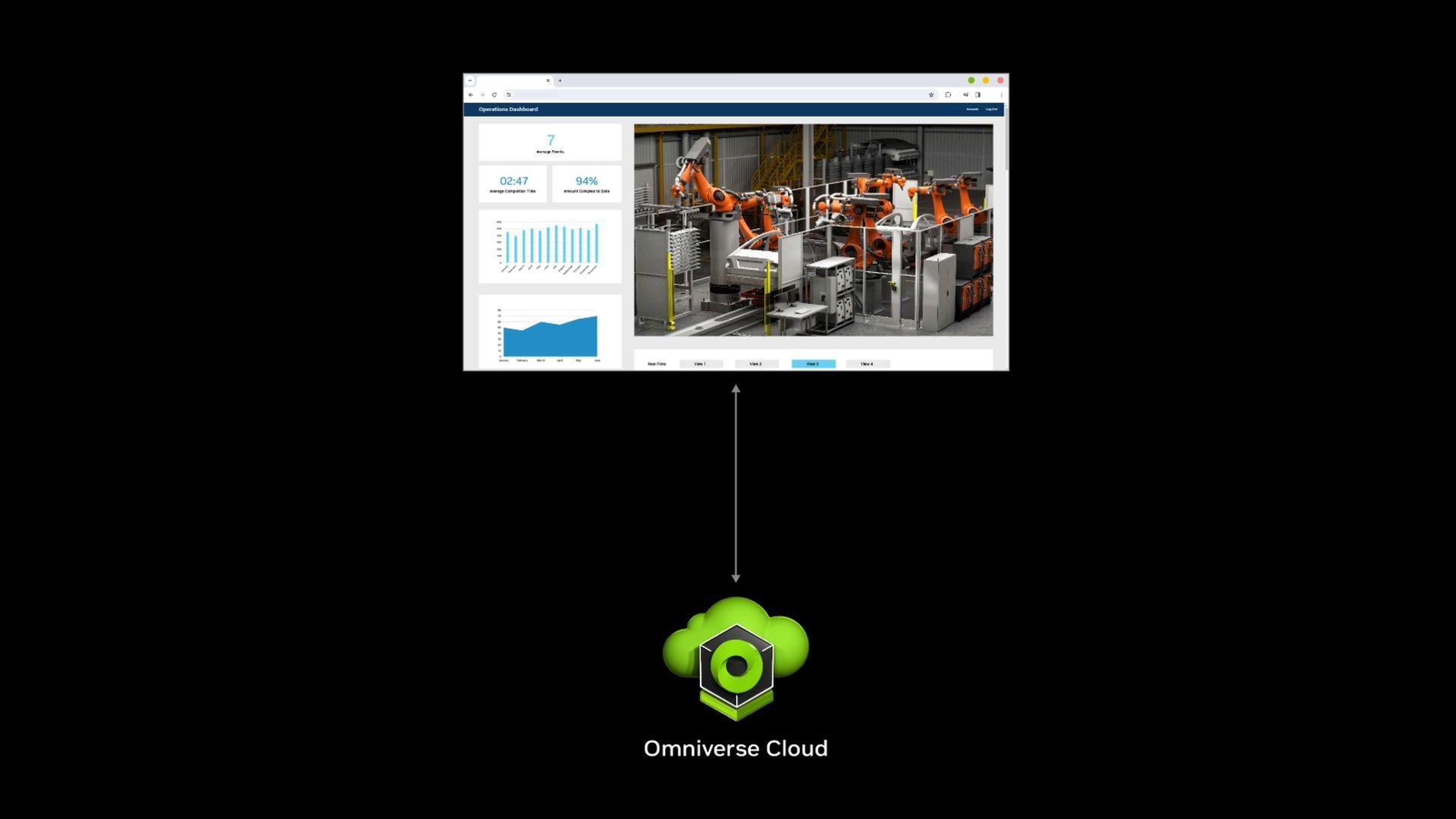
Other partners like Trimble, Hexagon, and Rockwell Automation leverage Omniverse Cloud APIs to revolutionize construction and automation. Additionally, the APIs accelerate autonomous machine development by enabling full-stack training and testing with high-fidelity sensor simulation. With adoption across various industries, including WPP, Media.Monks, and Continental, Omniverse transforms digitalization by unlocking scale and optimization in industrial workflows.
- Read more: NVIDIA’s Omniverse Cloud APIs are set to transform the development of industrial digital twins
AWS collaborates with NVIDIA on generative AI
AWS and NVIDIA announce the integration of the new NVIDIA Blackwell GPU platform into AWS infrastructure, offering GB200 Grace Blackwell Superchips and B100 Tensor Core GPUs. This collaboration enhances generative AI capabilities by combining NVIDIA’s multi-node systems with AWS’s Nitro System and Elastic Fabric Adapter (EFA) networking. Adam Selipsky, CEO of AWS, highlights the significance of this partnership in advancing AI computing. The Blackwell platform, equipped with GB200 NVL72 and supported by AWS’s networking and virtualization features, enables real-time inference on multi-trillion parameter language models (LLMs) at scale.
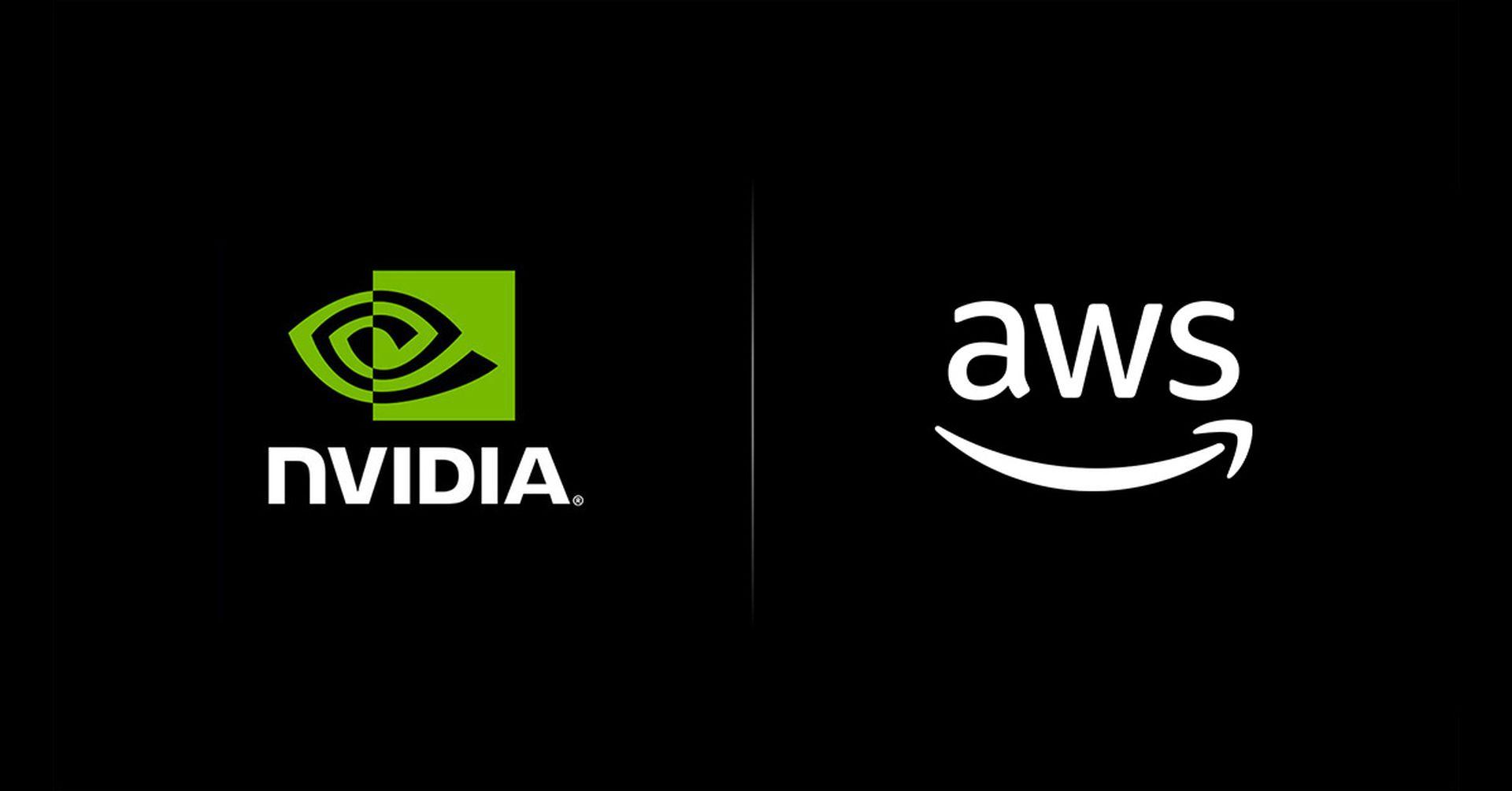
AWS plans to provide EC2 instances featuring B100 GPUs for accelerating generative AI training and inference, while NVIDIA DGX Cloud instances on AWS will support the development of cutting-edge AI models. Security measures, including encryption and AWS Nitro Enclaves, ensure the protection of customer data and model weights. Project Ceiba, a collaboration for building a powerful AI supercomputer exclusively on AWS, aims to advance various AI applications. Additionally, AWS and NVIDIA collaborate on expanding computer-aided drug discovery and launching generative AI microservices in healthcare, further demonstrating their commitment to advancing AI across industries.
NVIDIA launches Earth-2 climate platform
NVIDIA launches Earth-2, a cloud platform aiming to tackle economic losses from climate change-induced extreme weather, valued at $140 billion. Earth-2 leverages NVIDIA CUDA-X microservices, offering cloud APIs on NVIDIA DGX Cloud for high-resolution weather and climate simulations. These simulations, powered by CorrDiff generative AI, generate images 12.5x higher in resolution, 1,000x faster, and 3,000x more energy-efficient than current models.

Taiwan’s Central Weather Administration plans to utilize Earth-2 for more precise typhoon forecasts, aiming to minimize casualties through early evacuations. Additionally, Earth-2 integrates NVIDIA Omniverse, enabling real-time visualization of weather impact. The Weather Company intends to leverage Earth-2 APIs to enhance its Weatherverse services. Early adopters include weather analytics platforms like Spire and Meteomatics, alongside startups exploring climate tech solutions. Earth-2 utilizes NVIDIA DGX Cloud for full-stack acceleration, enabling simulations at unprecedented speed and scale.
NVIDIA Healthcare unveils generative AI microservices
NVIDIA unveils over two dozen healthcare microservices at GTC, empowering global healthcare enterprises with generative AI advancements accessible across any cloud platform. These microservices, including NVIDIA NIM, accelerate drug discovery, medical imaging, and genomics analysis with optimized AI models and workflows. Notable applications include integrating NVIDIA BioNeMo microservices into Cadence’s molecular design platform for drug discovery and deploying task-specific Generative AI Healthcare Agents by Hippocratic AI.
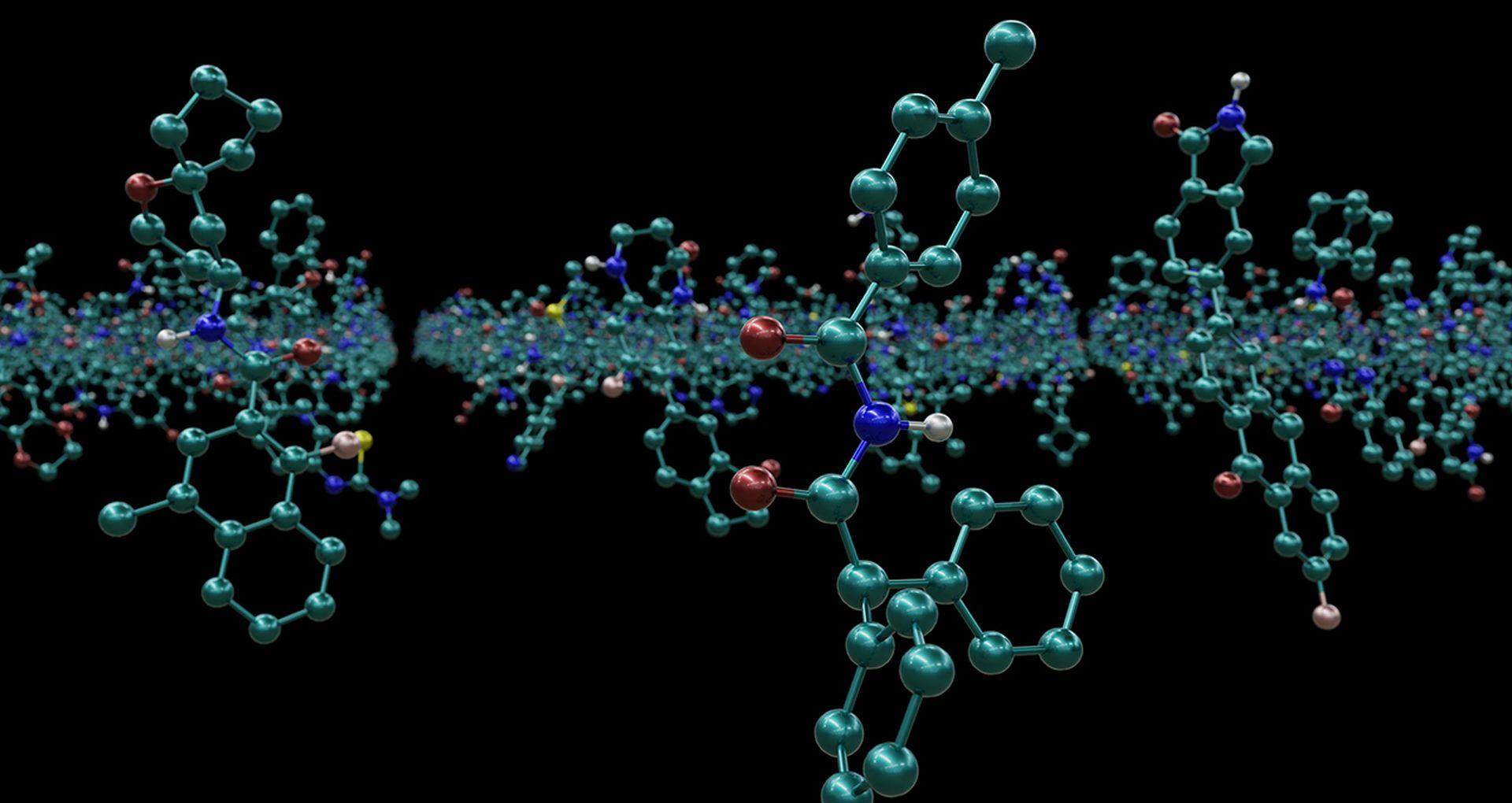
Abridge leverages AI to generate clinical notes, while Flywheel transforms models into microservices, advancing medical imaging and data management. These innovations aim to revolutionize patient care and healthcare research, addressing critical industry needs while enhancing outcomes. Developers can access and deploy these microservices through NVIDIA AI Enterprise 5.0 on various certified systems and cloud platforms, fostering widespread adoption and integration across the healthcare ecosystem.
NVIDIA’s DRIVE Thor transforms transportation
NVIDIA introduces the DRIVE Thor centralized car computer at GTC, designed for next-gen fleets, from EVs to autonomous trucks and robotaxis. Leveraging generative AI applications, DRIVE Thor promises feature-rich cockpits and safe autonomous driving on a centralized platform. Leading transportation companies like BYD, Hyper, and XPENG are adopting DRIVE Thor for their next-gen EV fleets, while Nuro, Plus, Waabi, and WeRide are utilizing it for level 4 autonomous driving solutions in trucks and robotaxis. With the new NVIDIA Blackwell architecture, DRIVE Thor offers 1,000 teraflops of performance for safe and secure autonomous operations.

Oracle and NVIDIA deliver sovereign AI solutions
Oracle and NVIDIA have partnered to deliver sovereign AI solutions globally, aiding governments and enterprises in deploying AI factories with operational controls to support digital sovereignty. Leveraging Oracle’s distributed cloud and AI infrastructure alongside NVIDIA’s accelerated computing and generative AI software, the collaboration enables local or on-premises AI operations. These solutions promote economic growth while ensuring data sovereignty. Key offerings include Oracle’s Enterprise AI and NVIDIA’s full-stack AI platform, deployable across various cloud regions for IT migration, modernization, and innovation.
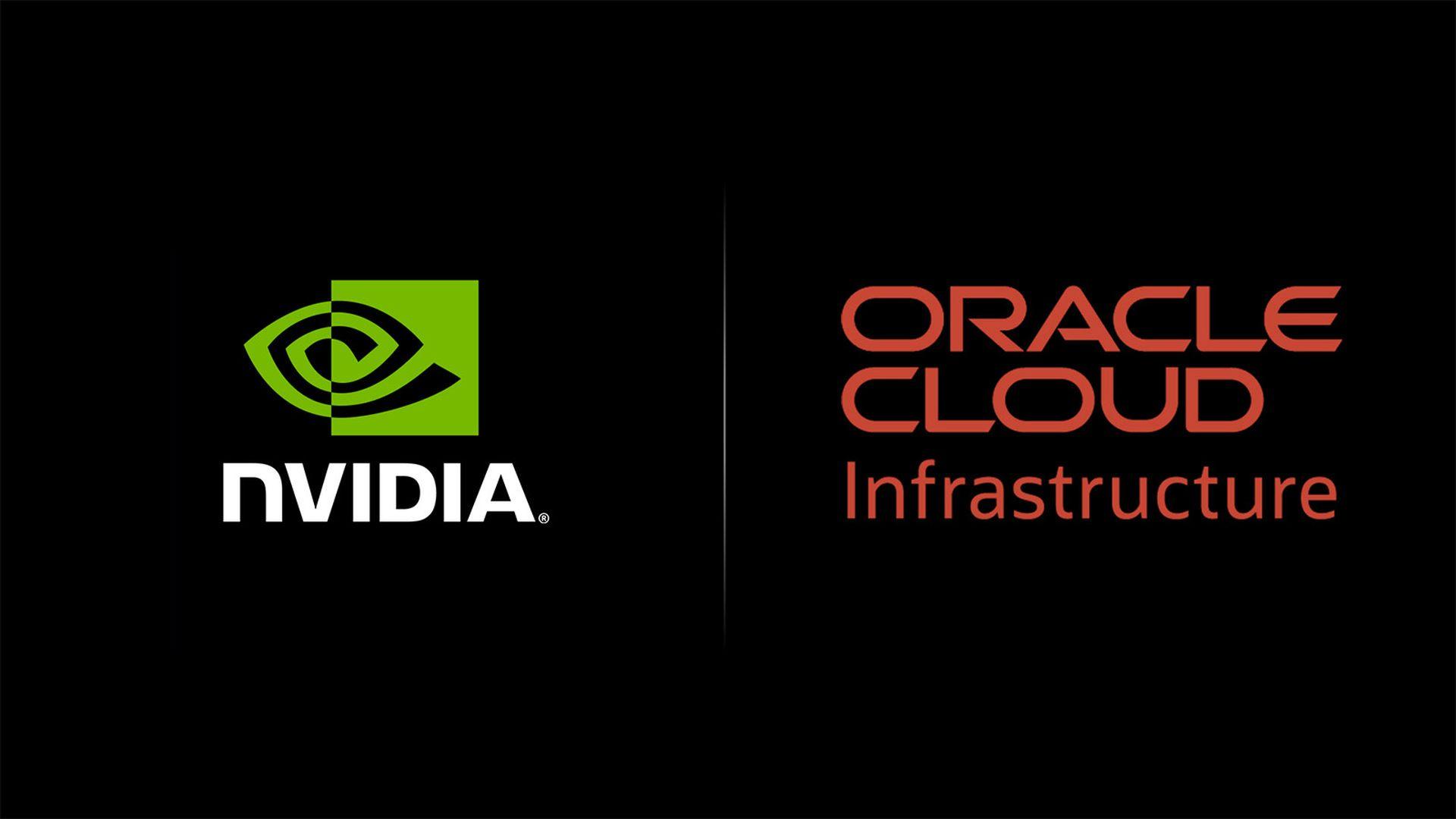
Organizations like Avaloq, TEAM IM, and e& UAE have embraced these solutions for digital transformation and enhanced AI capabilities while maintaining data control. Additionally, Oracle plans to integrate NVIDIA’s Grace Blackwell computing platform across its OCI Supercluster and OCI Compute for improved AI model performance and energy efficiency. The collaboration extends to NVIDIA DGX Cloud on OCI, offering access to NVIDIA Grace Blackwell for energy-efficient AI tasks. These sovereign AI solutions are now available, empowering organizations to utilize AI while safeguarding data sovereignty.
Google Cloud and NVIDIA scale AI development
Google Cloud and NVIDIA have enhanced their partnership to support the machine learning (ML) community by facilitating the development, scaling, and management of generative AI applications. Google announced its adoption of the new NVIDIA Grace Blackwell AI computing platform and the availability of NVIDIA DGX Cloud service on Google Cloud. Additionally, Google will utilize NVIDIA H100-powered DGX Cloud platform, which is now generally available on Google Cloud A3 VM instances.
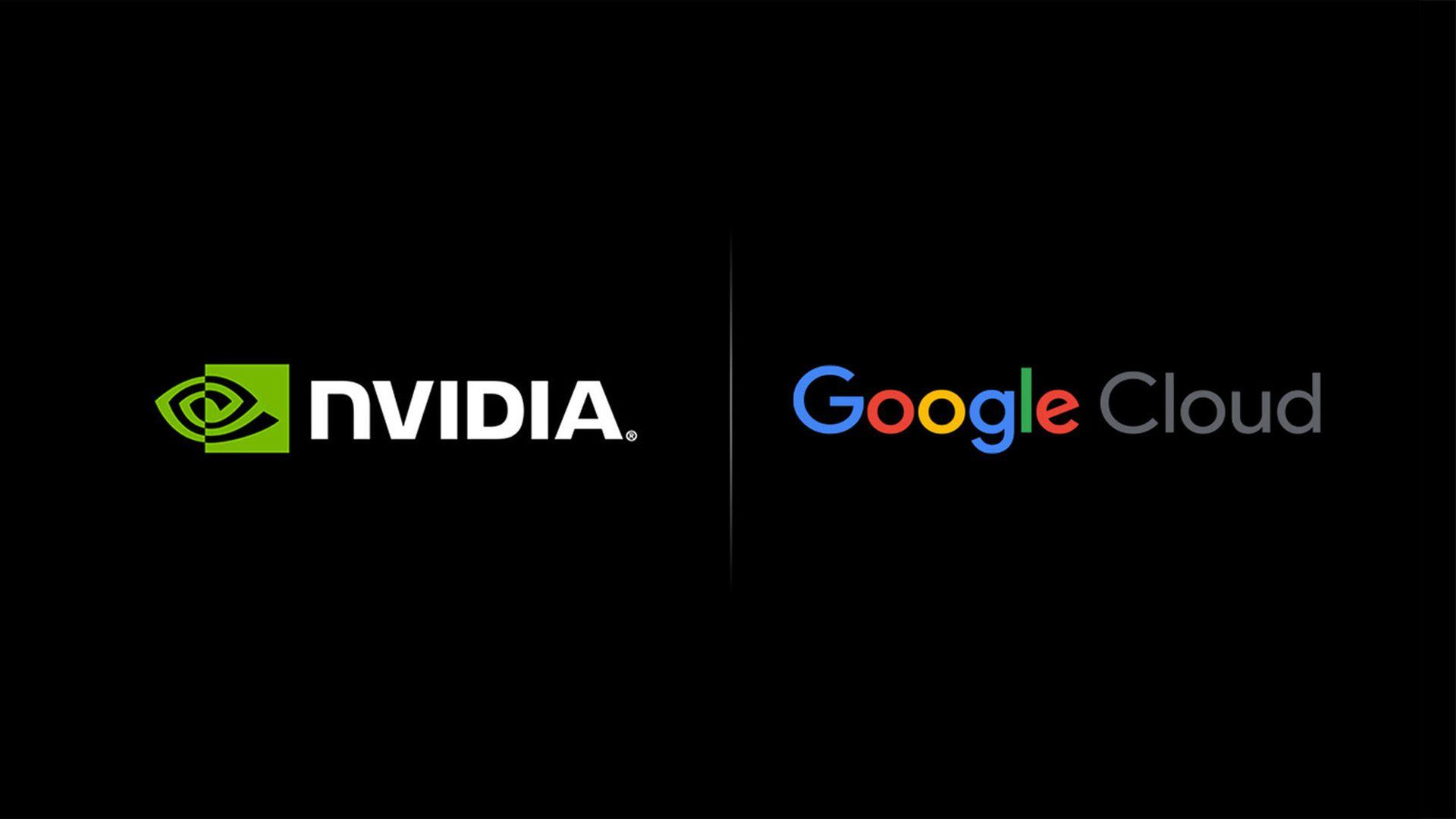
SAP and NVIDIA accelerate generative AI adoption
SAP SE and NVIDIA announced an expanded partnership aimed at accelerating enterprise adoption of generative AI and data transformation across SAP’s cloud solutions. The collaboration focuses on integrating scalable, business-specific generative AI capabilities into SAP’s portfolio, including the Joule copilot, utilizing the SAP generative AI hub.
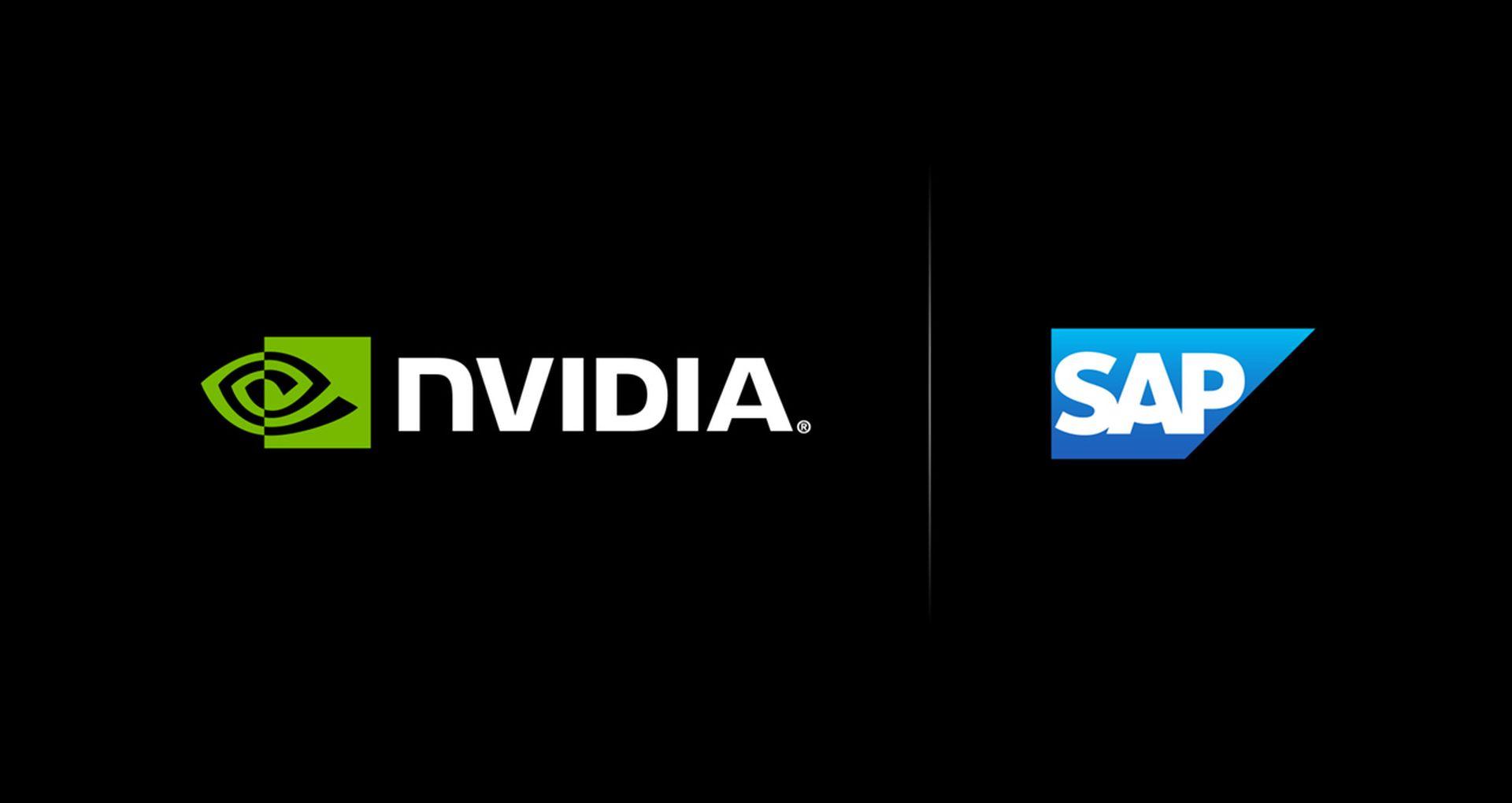
This initiative aims to help customers harness AI at scale and advance insights. Key highlights include building additional generative AI capabilities within SAP Business Technology Platform (SAP BTP) using NVIDIA’s foundry service, innovative use cases leveraging SAP’s cloud solutions, and unifying AI data sources with SAP Datasphere. SAP also plans to use NVIDIA AI Enterprise software for production-grade generative AI across its cloud solutions. These efforts are expected to be accessible by the end of 2024. To learn more, viewers can watch the replay of Jensen Huang’s GTC keynote address.
NVIDIA unveils 6G research cloud platform
NVIDIA introduces the 6G Research Cloud platform, aiming to change wireless technology through AI-driven innovation. The platform, endorsed by industry leaders like Ansys, Samsung, and Keysight, provides a suite of tools for researchers to advance 6G development. Key elements include the Aerial Omniverse Digital Twin for simulation, Aerial CUDA-Accelerated RAN for customizable network testing, and Sionna Neural Radio Framework for AI integration.
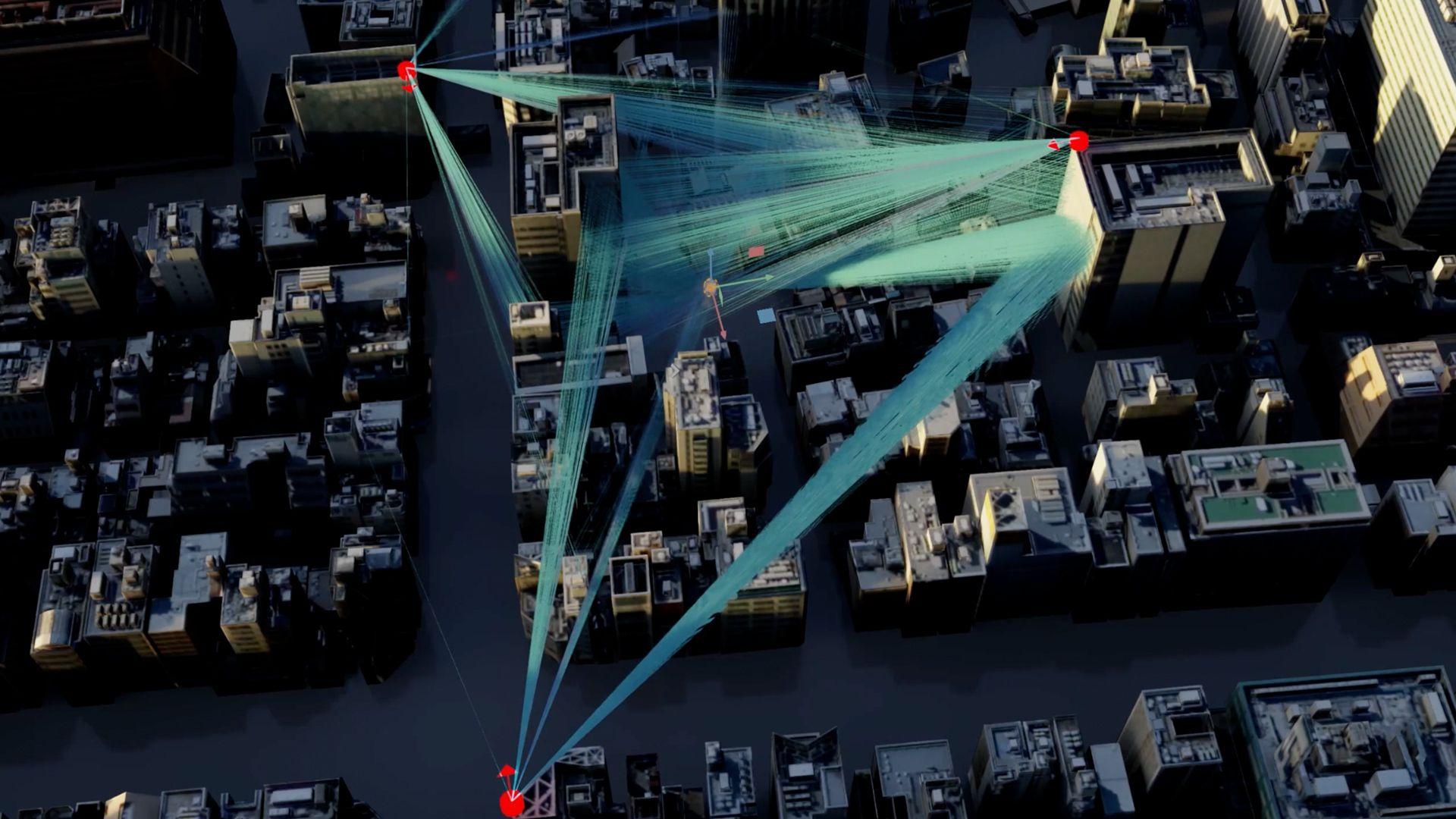
The platform facilitates the convergence of 6G and AI, promising transformative connectivity and intelligent systems. Testing and simulation, crucial for 6G evolution, receive significant attention, with contributions from leading providers. Researchers can access the platform via the NVIDIA 6G Developer Program, fostering collaboration and innovation in wireless technology.
NVIDIA contributes to Japan’s ABCI-Q supercomputer
NVIDIA reveals that Japan’s ABCI-Q supercomputer, designed to propel the nation’s quantum computing initiative, will utilize NVIDIA platforms for accelerated and quantum computing. Equipped with over 2,000 NVIDIA H100 Tensor Core GPUs and powered by CUDA-Q, an open-source hybrid quantum computing platform, ABCI-Q will facilitate high-fidelity quantum simulations across industries. Integrated with NVIDIA Quantum-2 InfiniBand, it offers scalable performance for tackling the most challenging problems in quantum computing.

Expected to deploy early next year, ABCI-Q aims to advance quantum technology research and its practical applications, aligning with Japan’s strategy to explore quantum computing’s potential in AI, energy, and biology. The system will support quantum circuit simulation, quantum machine learning, classical-quantum hybrid systems, and algorithm development.
NVIDIA launches cloud quantum computing service
NVIDIA has launched NVIDIA Quantum Cloud, a cloud service designed to empower researchers and developers to advance quantum computing exploration in scientific domains like chemistry, biology, and materials science. Built on the CUDA-Q quantum computing platform, it enables users to build and test new quantum algorithms and applications in the cloud, including simulators and tools for hybrid quantum-classical programming.

Key features include the Generative Quantum Eigensolver, Classiq integration, and QC Ware Promethium for tackling complex quantum chemistry problems. NVIDIA has over 160 partners integrating Quantum Cloud into their offerings, including cloud service providers like Google Cloud and Microsoft Azure, and leading quantum companies. Early access to NVIDIA Quantum Cloud is available for quantum computing innovators.
Featured image credit: Kerem Gülen/DALL-E 3






